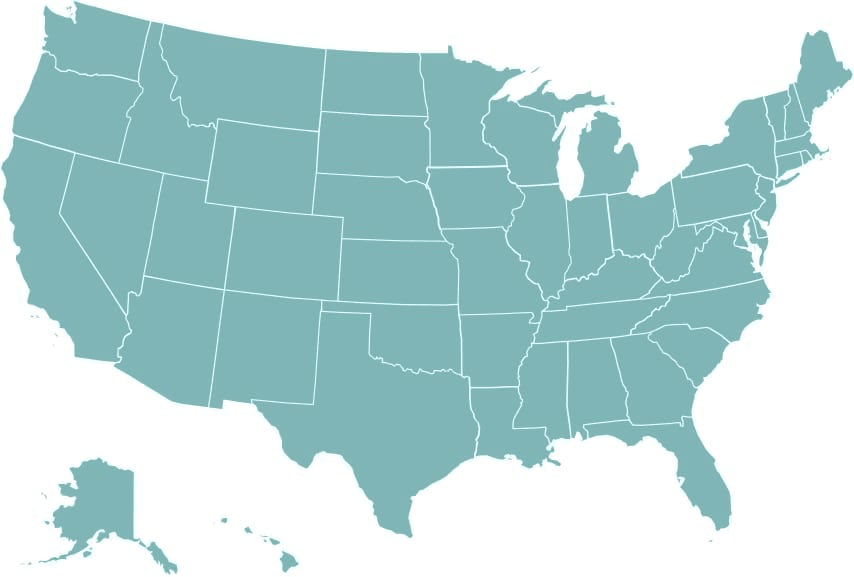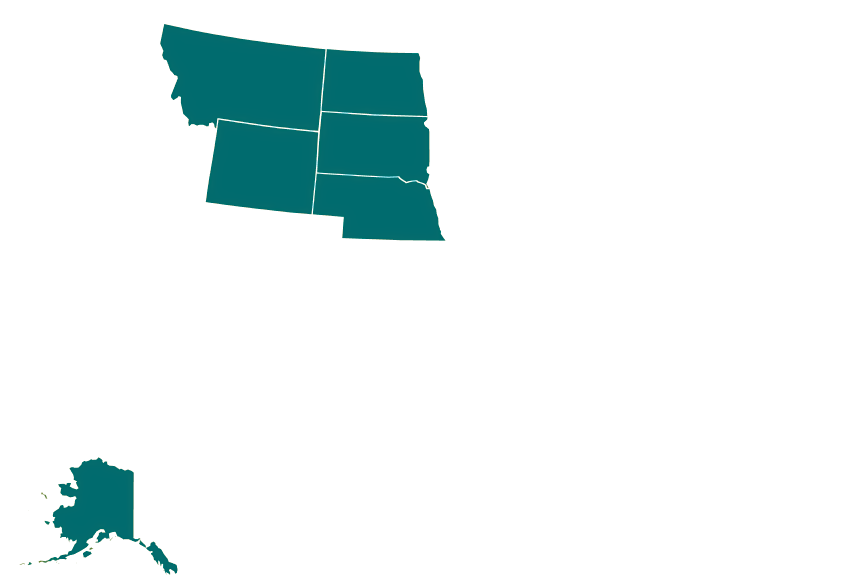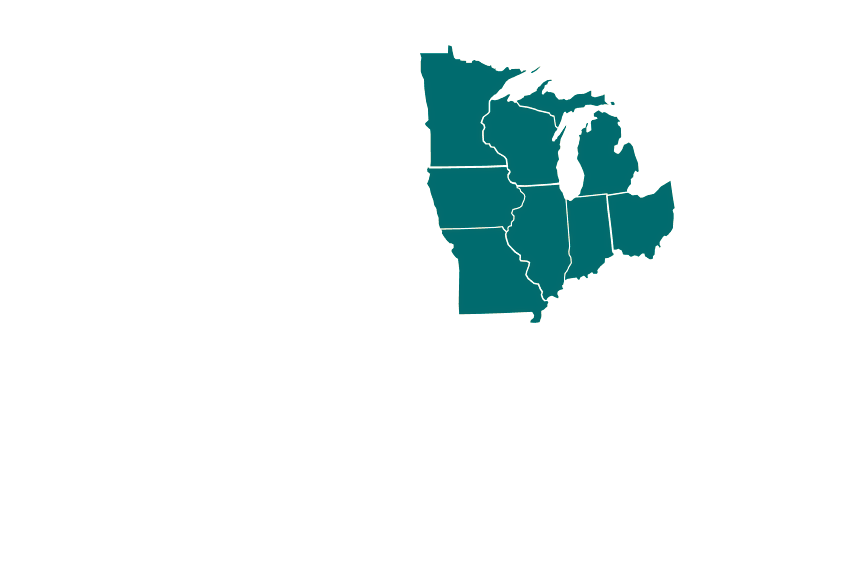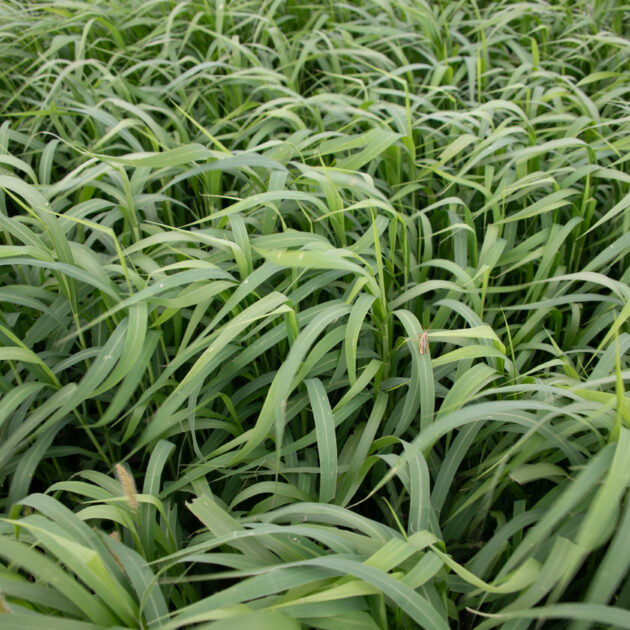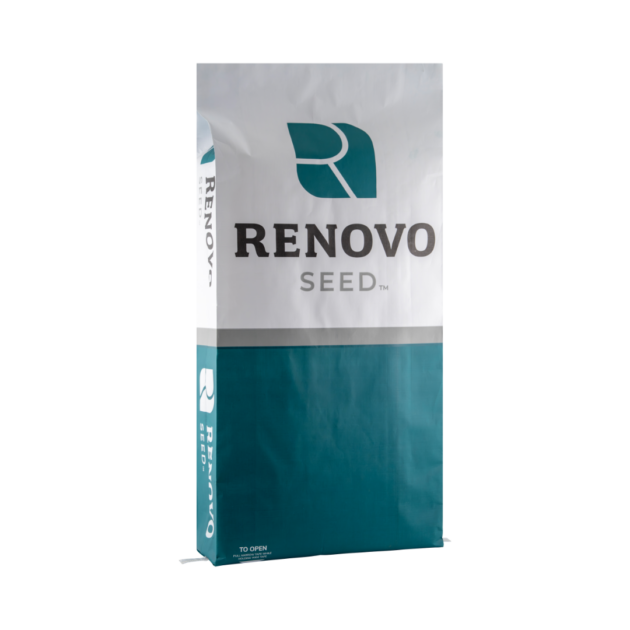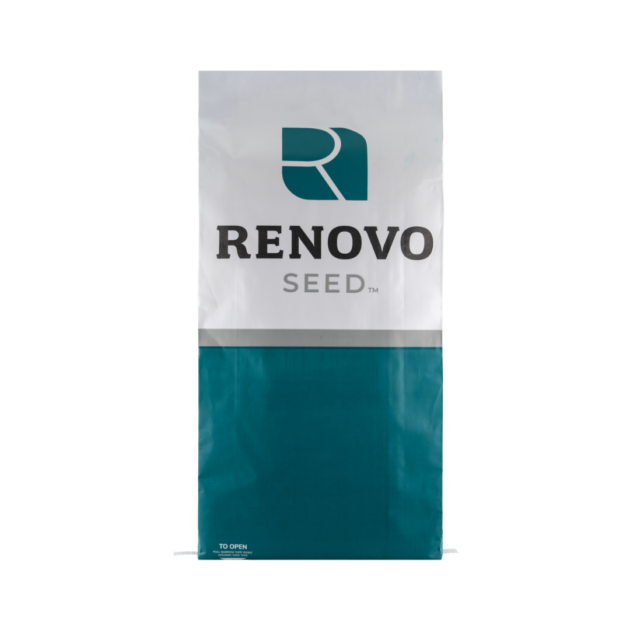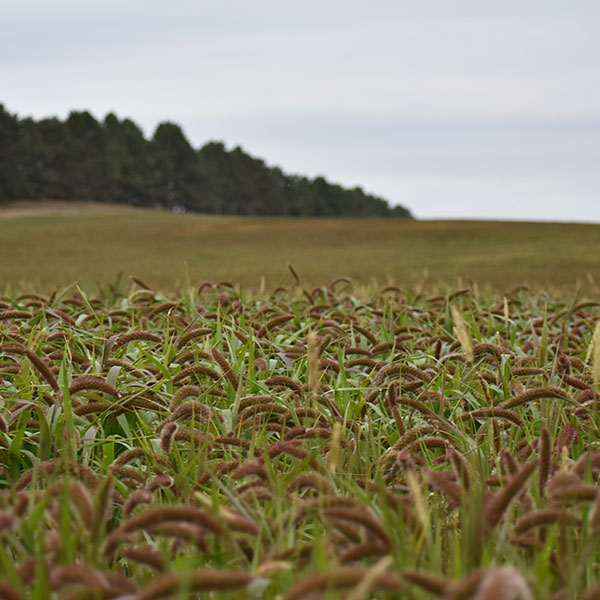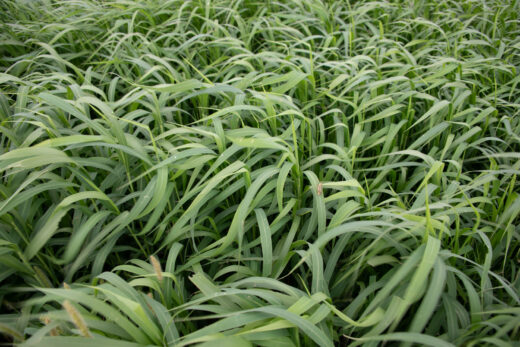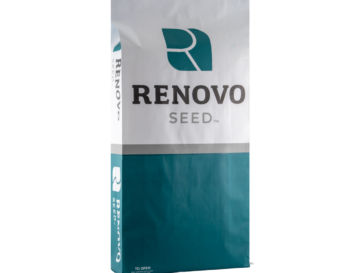German Millet
$0.75 lb
Need some help? Contact us.
Description
German Millet is a warm-season annual grass and a foxtail type millet. German Millet is a fine-stemmed, leafy variety that is commonly planted as a single-cut hay millet. German Millet is quick maturing and works excellent in double cropping scenarios where time becomes limiting for the second crop. It can be ready to cut for hay in as little as 60 days from planting. It produces hay that will cure easily and be highly palatable for livestock. German Millet is very drought tolerant and will grow rapidly during hot summer conditions. It does well in light soils due to its high level of water efficiency.
Drilled Seeding Rate | 20-25 lbs/acre
Product Guide
Planting
- Planting Time: Late Spring – Mid Summer
- Millet needs a minimum soil temperature of 60 degrees to germinate.
- Drilled Seeding Rate: 20-25 lbs/acre
- Ideal Seed Depth: 1/2” – ¾”
- Millet can also be broadcasted and rolled or packed to gain seed to soil contact.
Fertility
- German millet requires approximately 10 lbs of N, 5 lbs of P2O5, and 12 lbs of K2O per ton of forage produced.
- Apply ½ rate of nitrogen before or immediately after planting, and the other ½ rate 30 days after emergence.
- If crop is intended for multiple cuttings, split apply the total rates recommended between each cutting.
- Do not exceed a total of 10 lbs/a of N+K if fertilizer is placed in-furrow at planting.
Weed Control
Plant into a clean, weed-free seed bed and use the herbicide options below for optimal weed control:
| Timing | Herbicide | Rate | Notes | Weeds Controlled | Control Method |
| Preplant or Preemergence | Glyphosate** | 32 oz/a | Apply any time before crop emergence. | Grasses & Broadleaves | Contact |
| Post- emergence | Comet (Fluroxypyr) | 0.5-0.67 pts/a | Apply between the 2-leaf stage and before early boot stage. | Broadleaves | Contact |
| 2,4-D Amine (2,4-D) | 0.5-1 pt/a | Apply from 5-leaf stage to early boot stage. | Broadleaves | Contact |
*Always read and follow label instructions before making an application.
**Different glyphosate products may have different application rates. Refer to the label before making an application.
Disclaimer: All products and rates were provided by university-based sources and product labels. Always follow label instructions and consult your local chemical dealer and seed dealer before making any applications or planting of seed.
Harvest Management
- German Millet should be cut for hay between late boot stage and early seedhead emergence.
- Harvest can be delayed until millet is more mature, but palatability declines significantly with mature seedheads. Millets are less likely to have high levels of nitrates than other warm-season forages such as sorghum. Under drought conditions, nitrate levels may rise and caution should be used if haying or grazing. There are no prussic acid concerns with millets.
Multiple Regions
Every acre is different and our goal is to help you know what works best in your area. This 'Growing Regions' section showcases where this species works best. If you have any questions on product placement, feel free to contact our experts and we will help!
